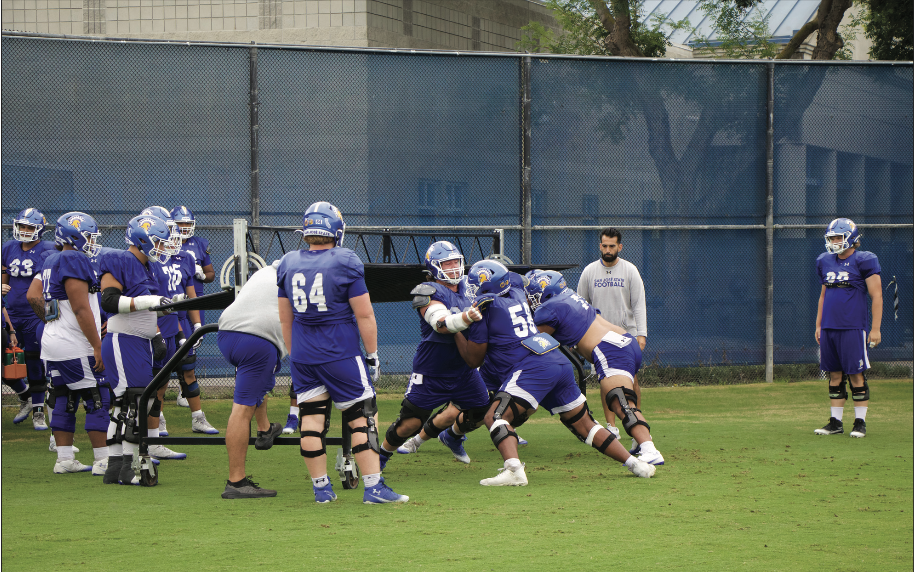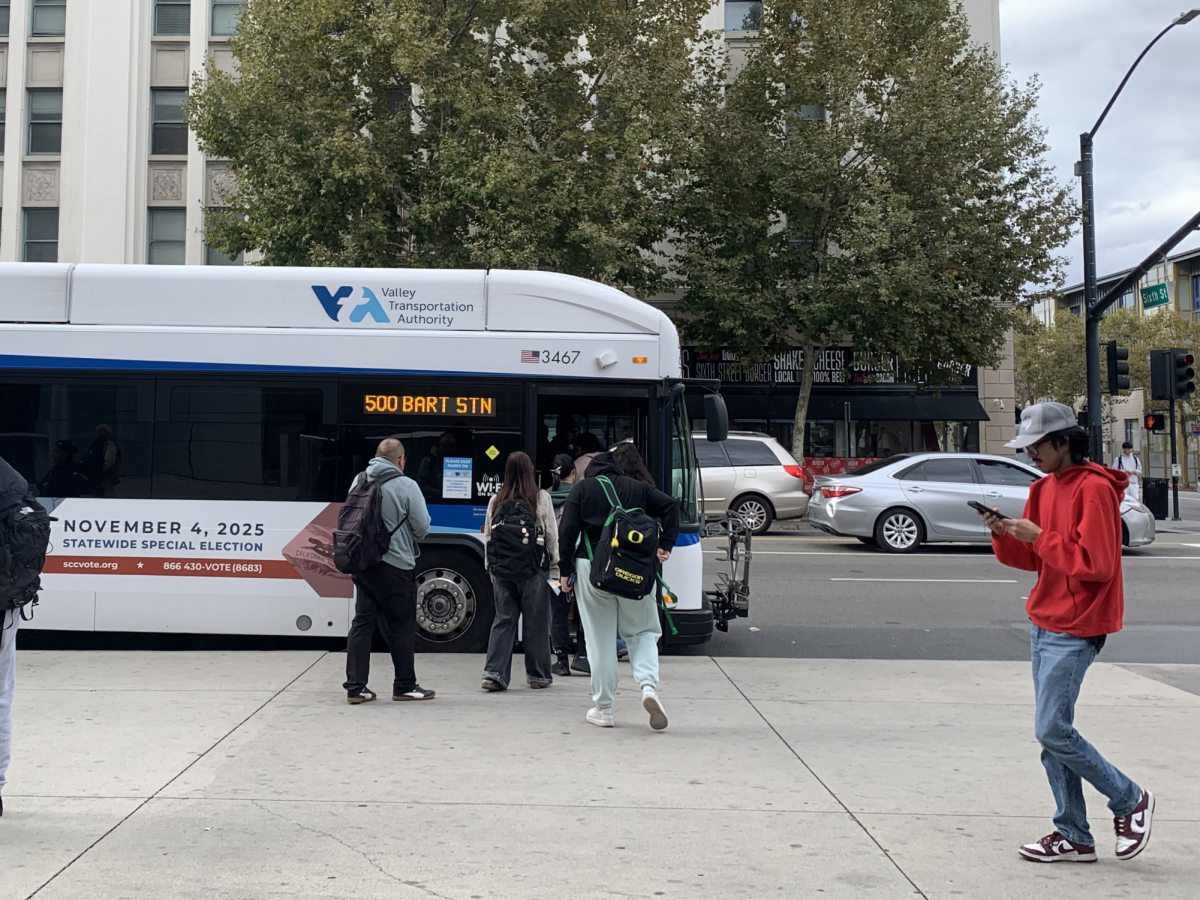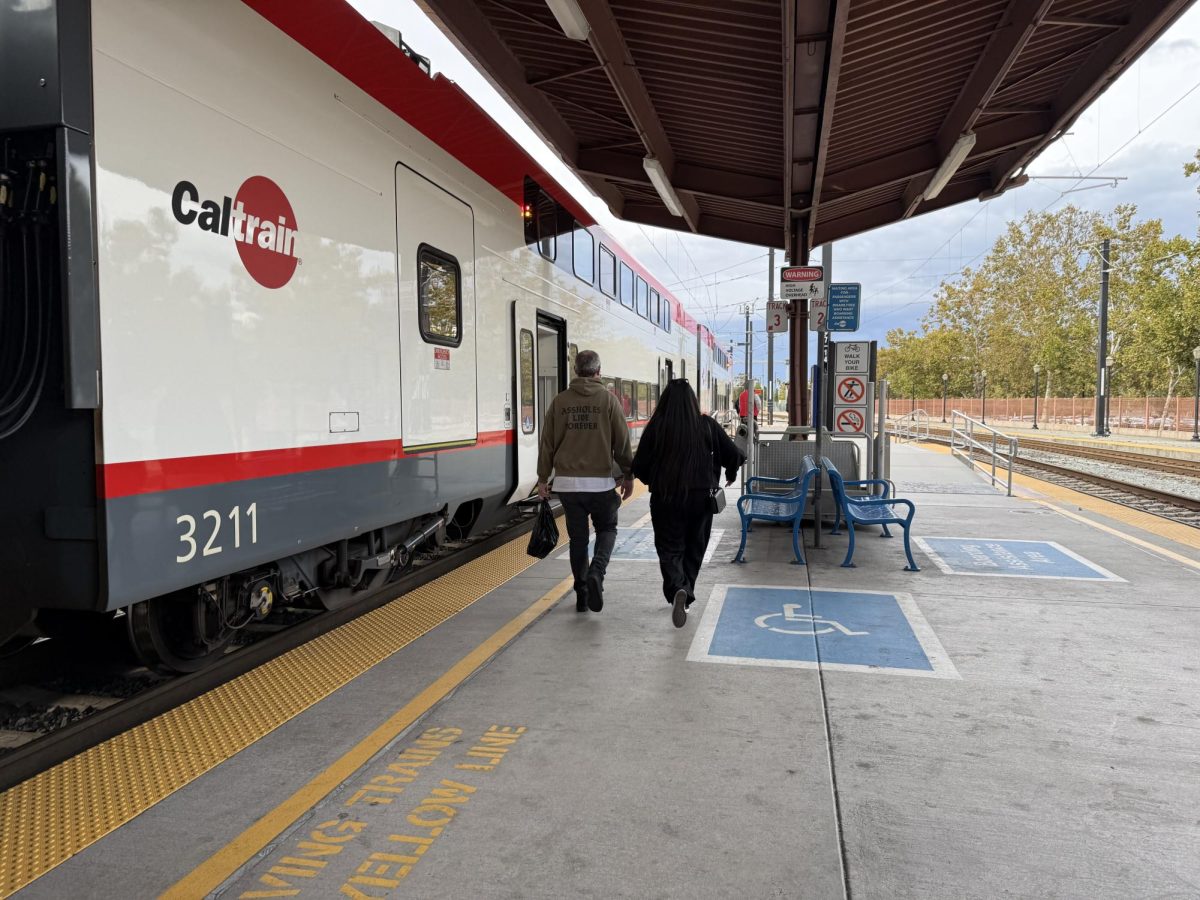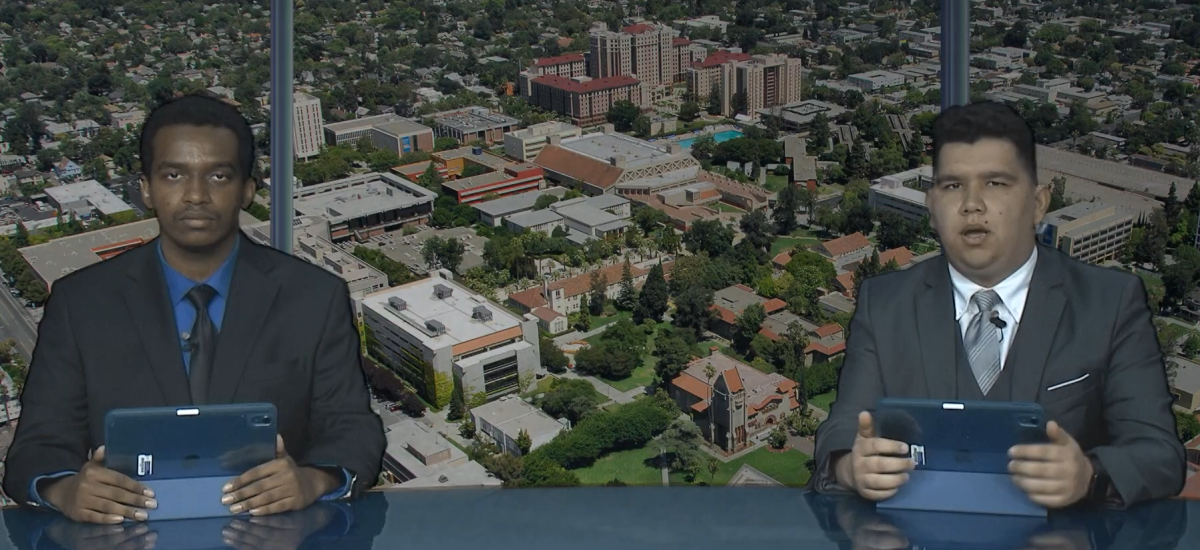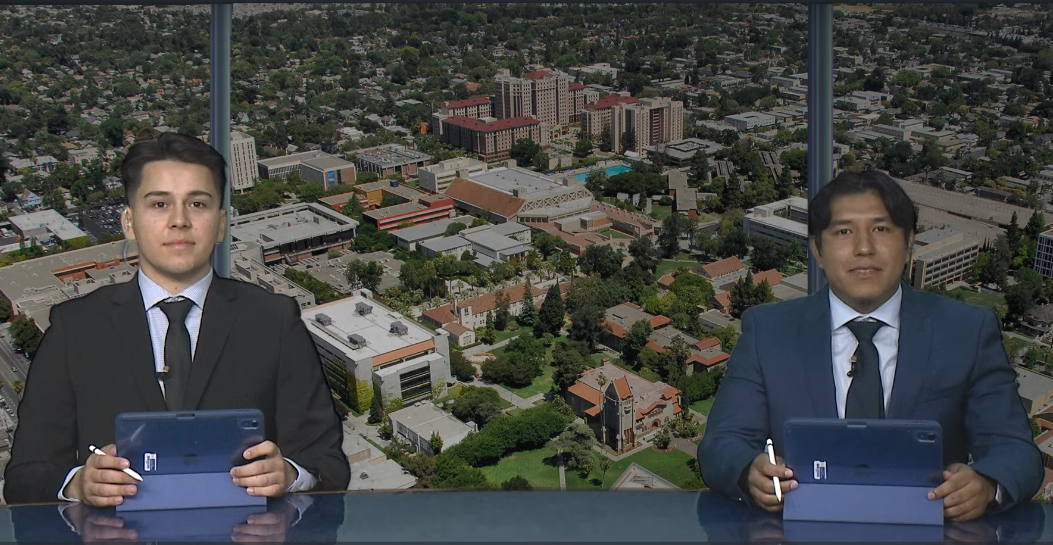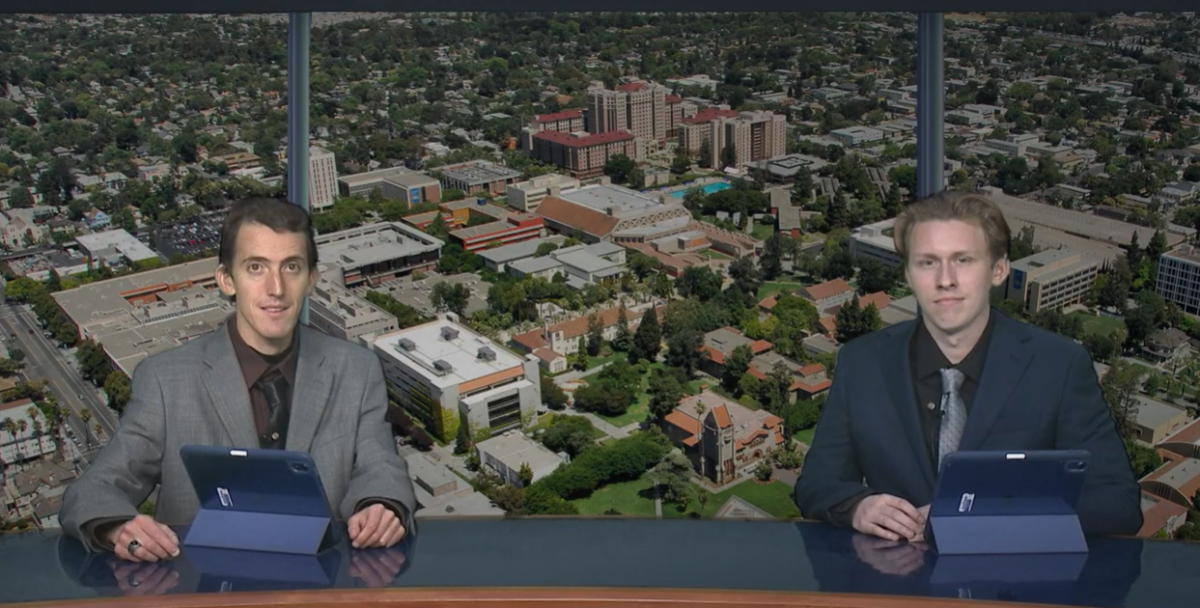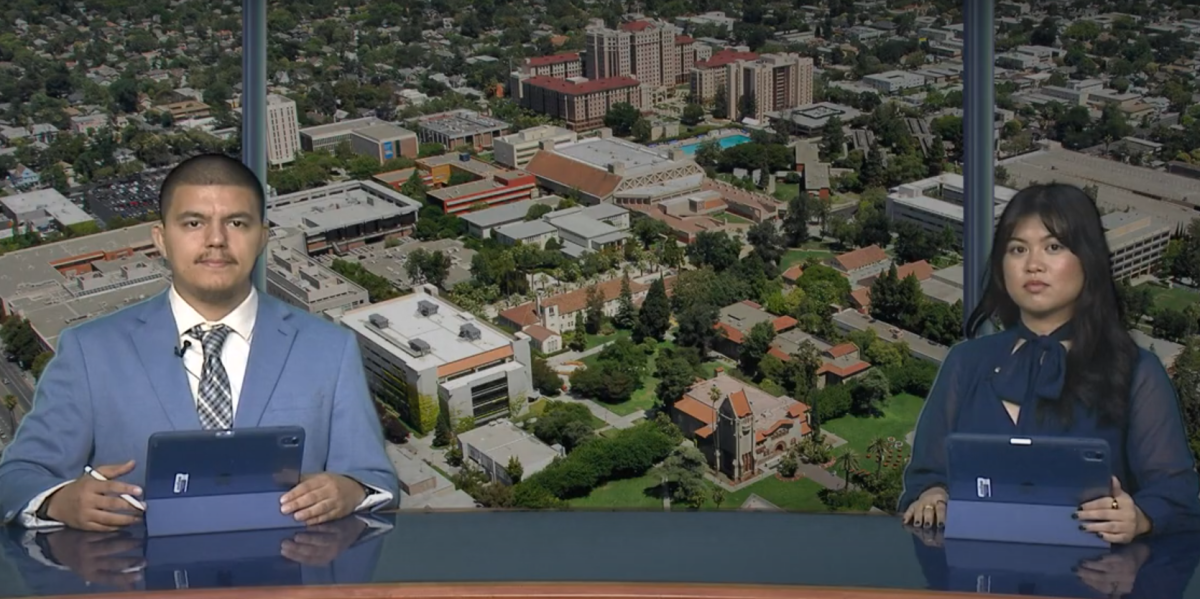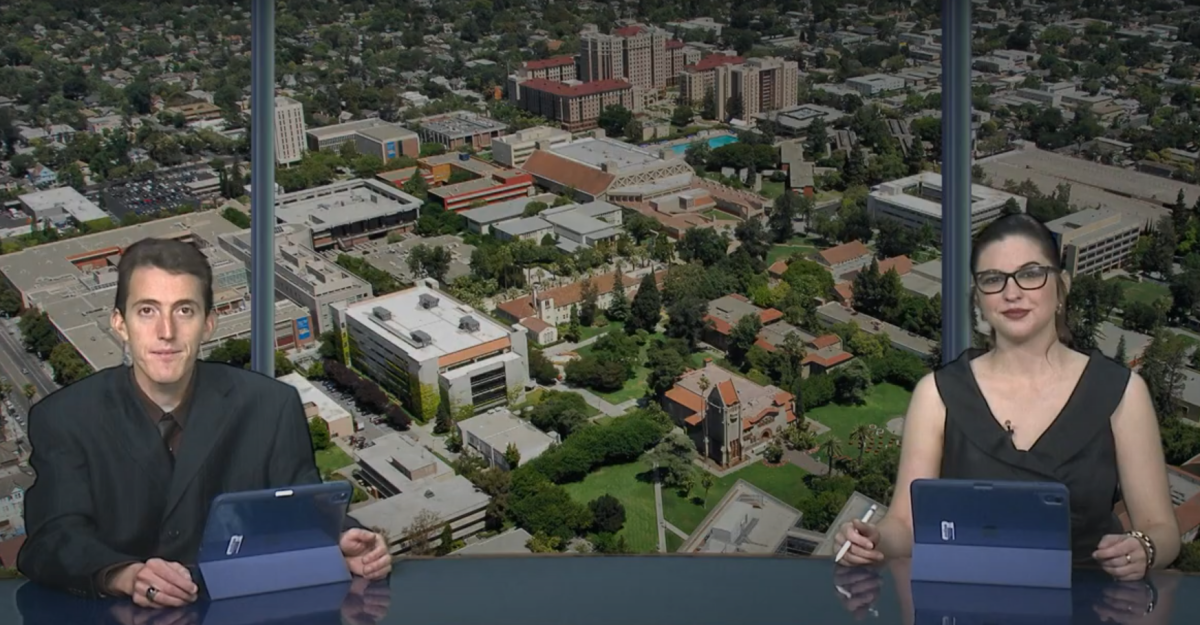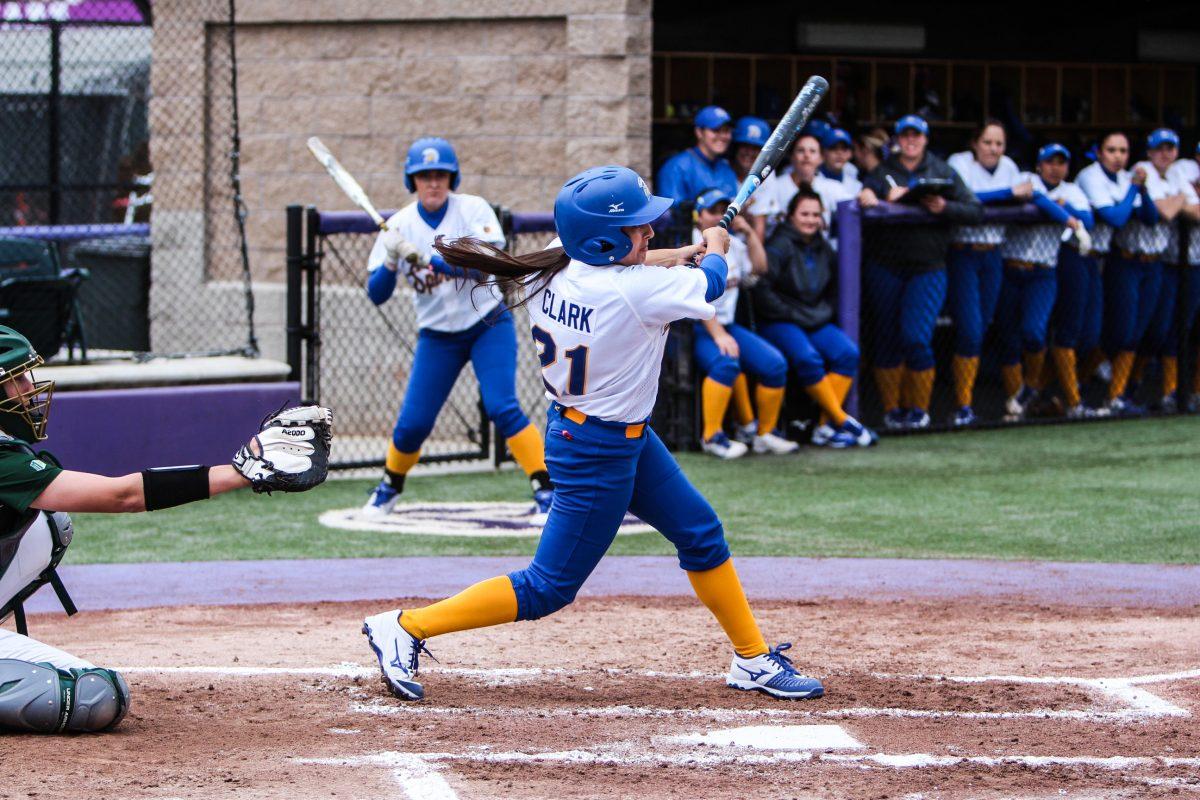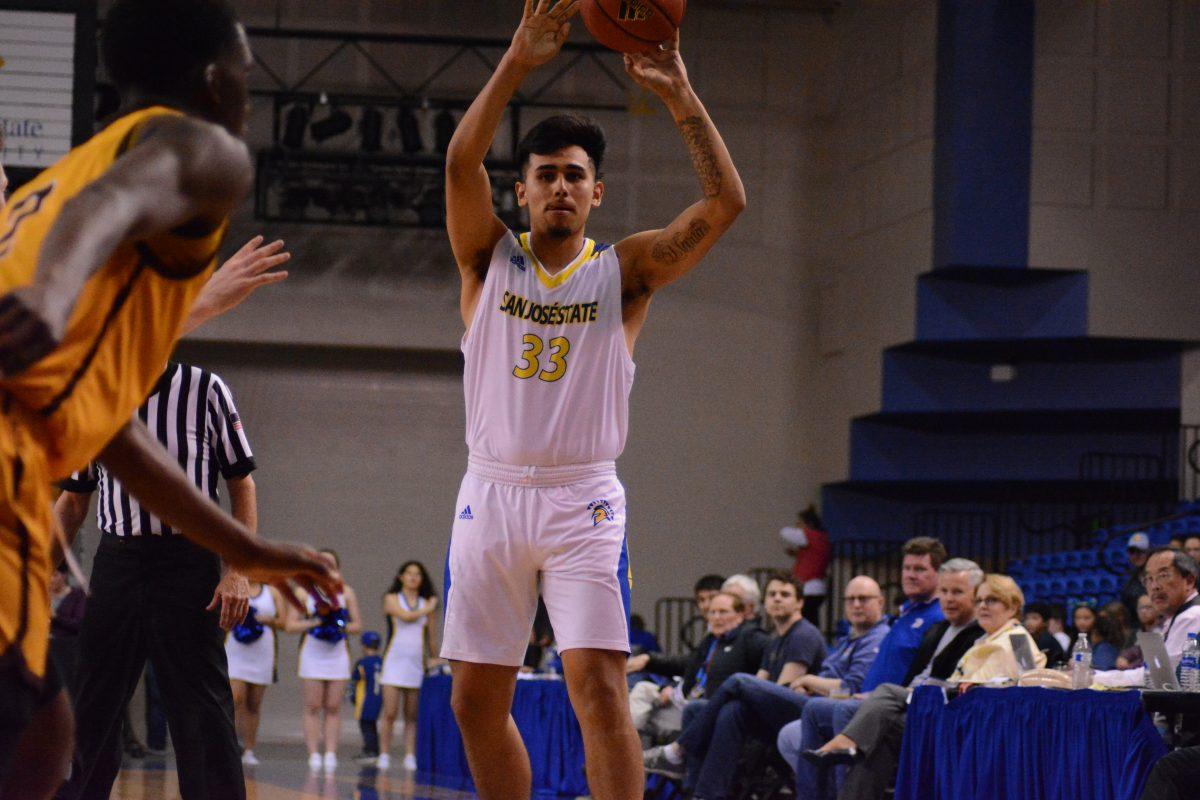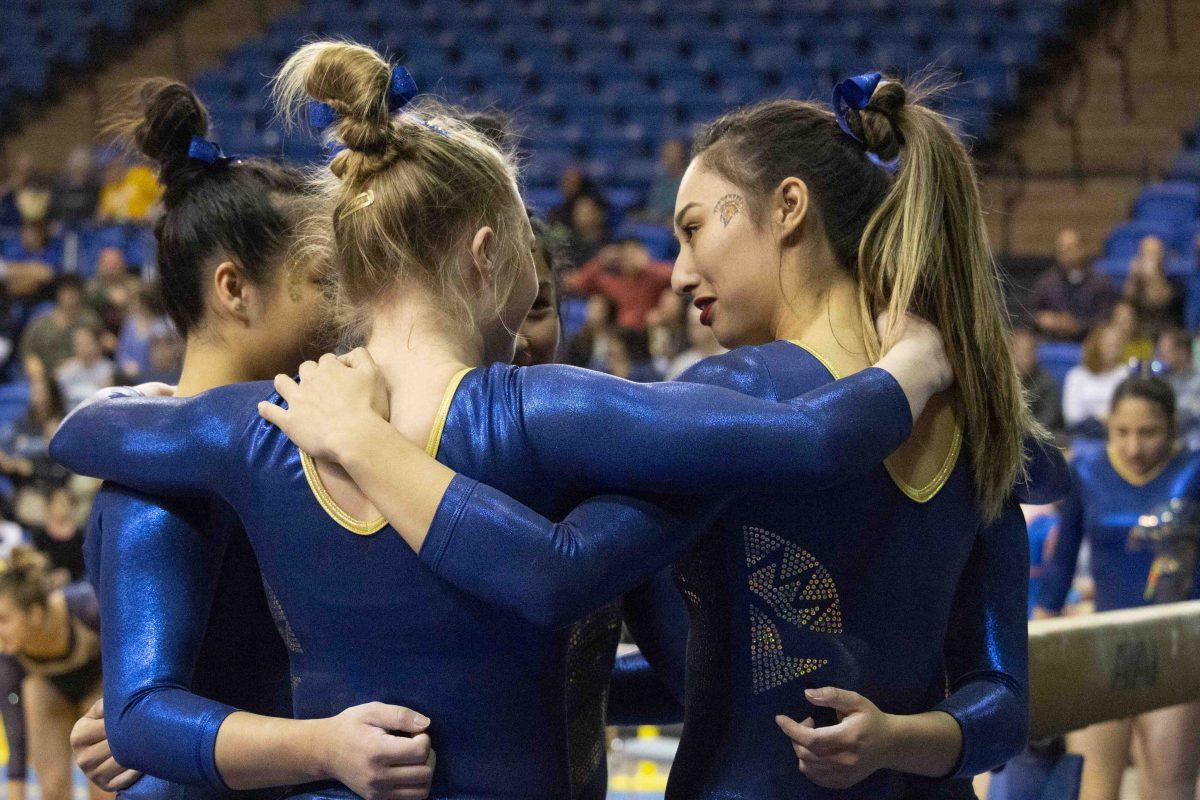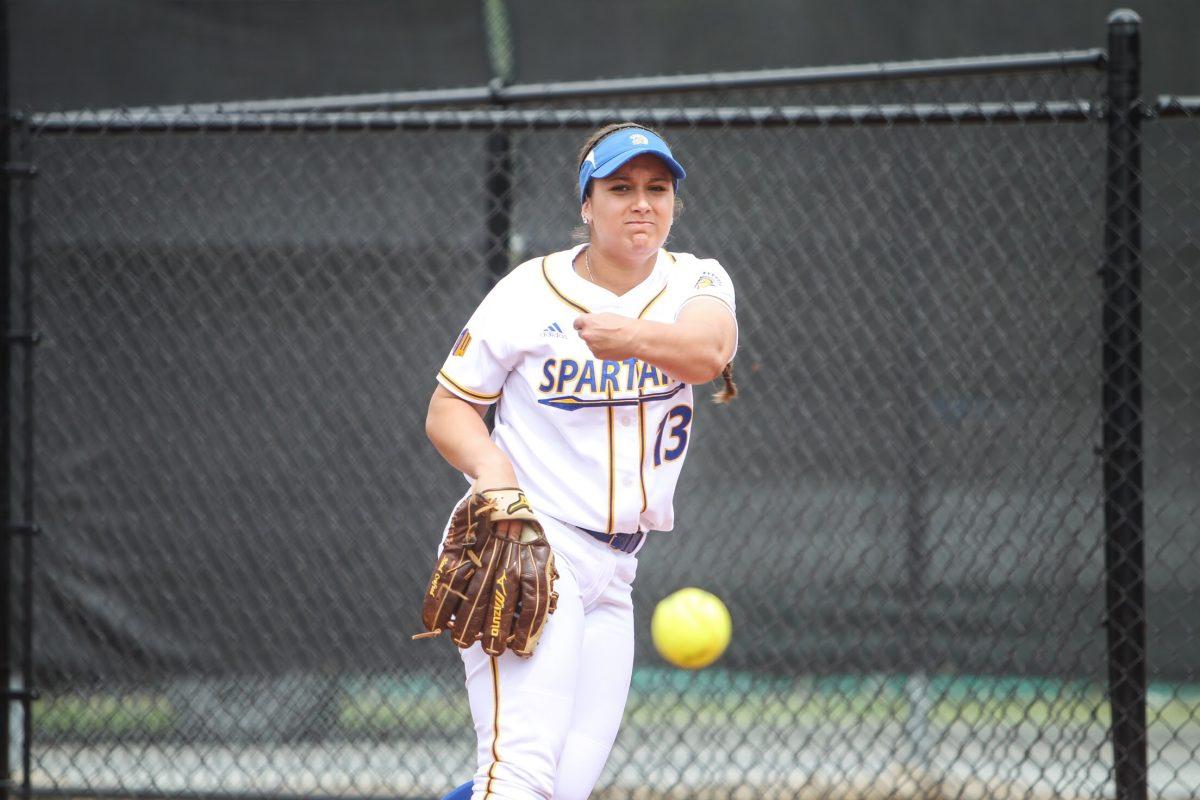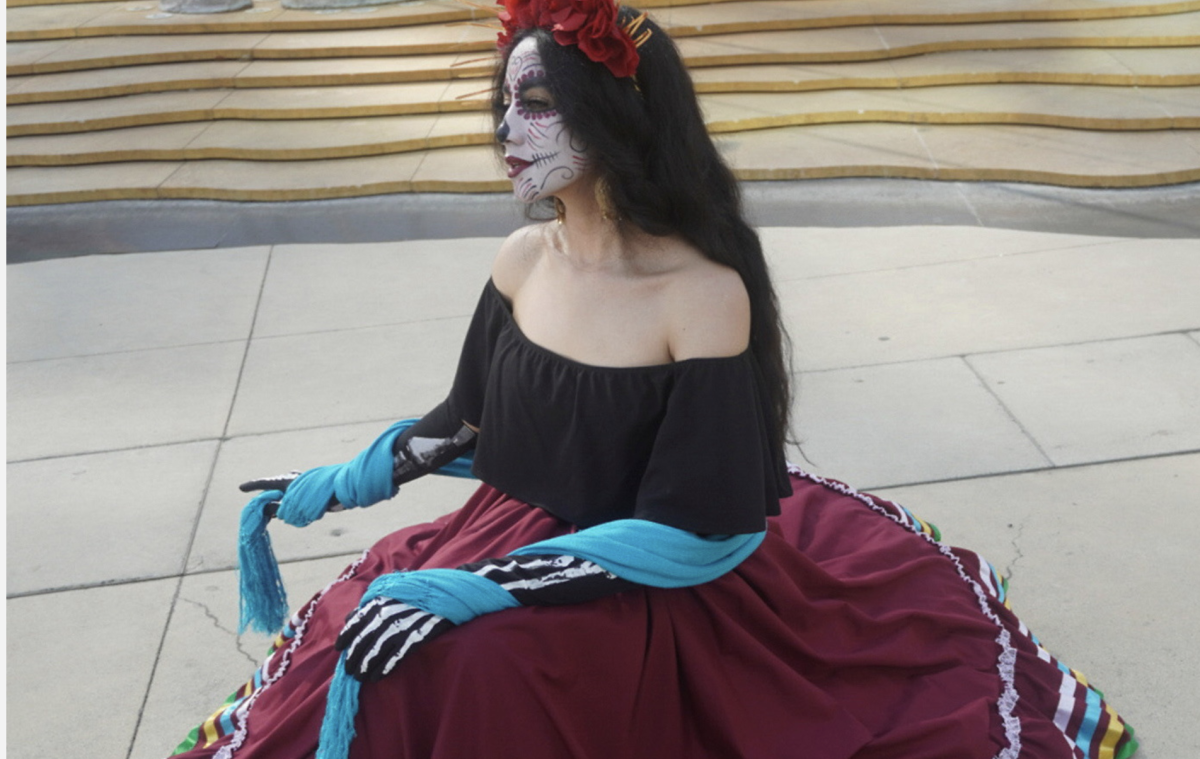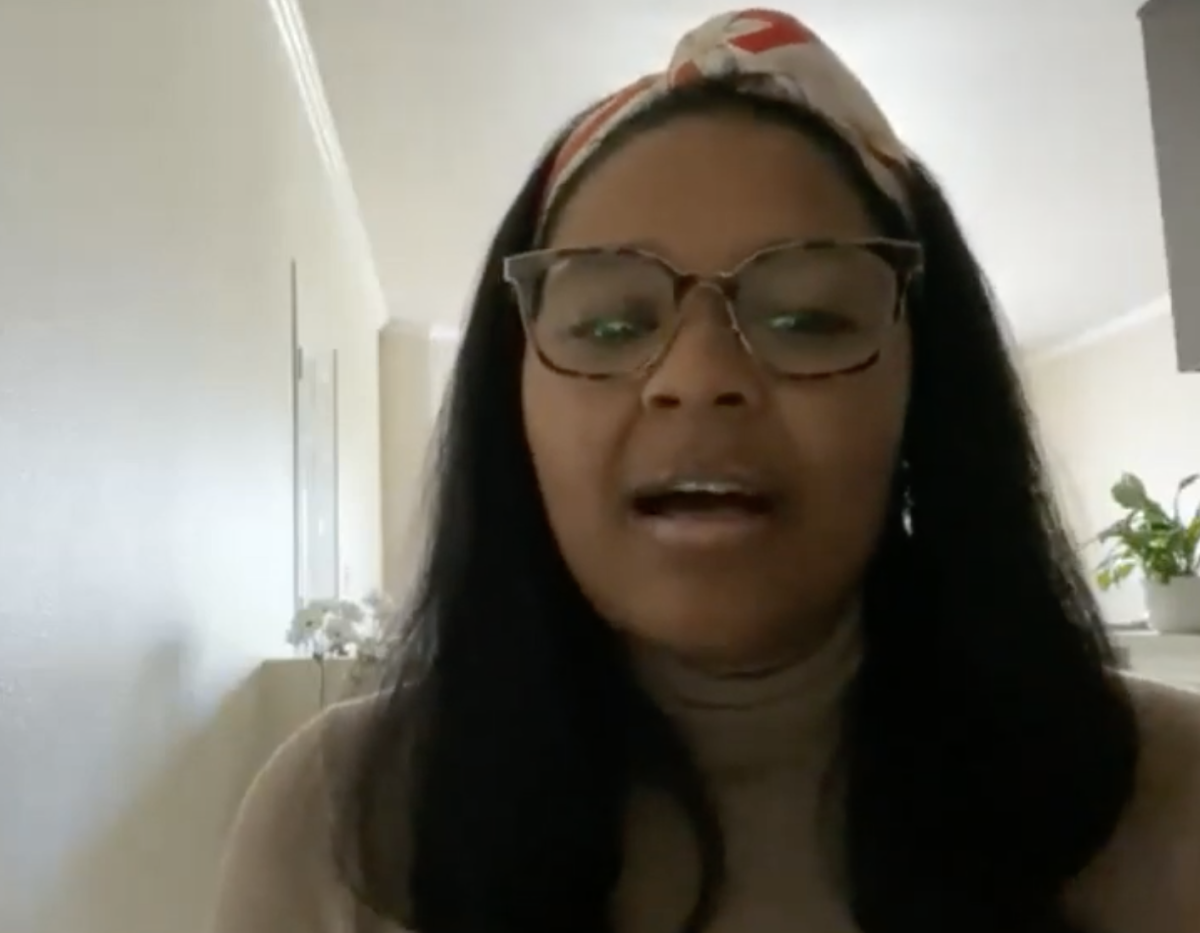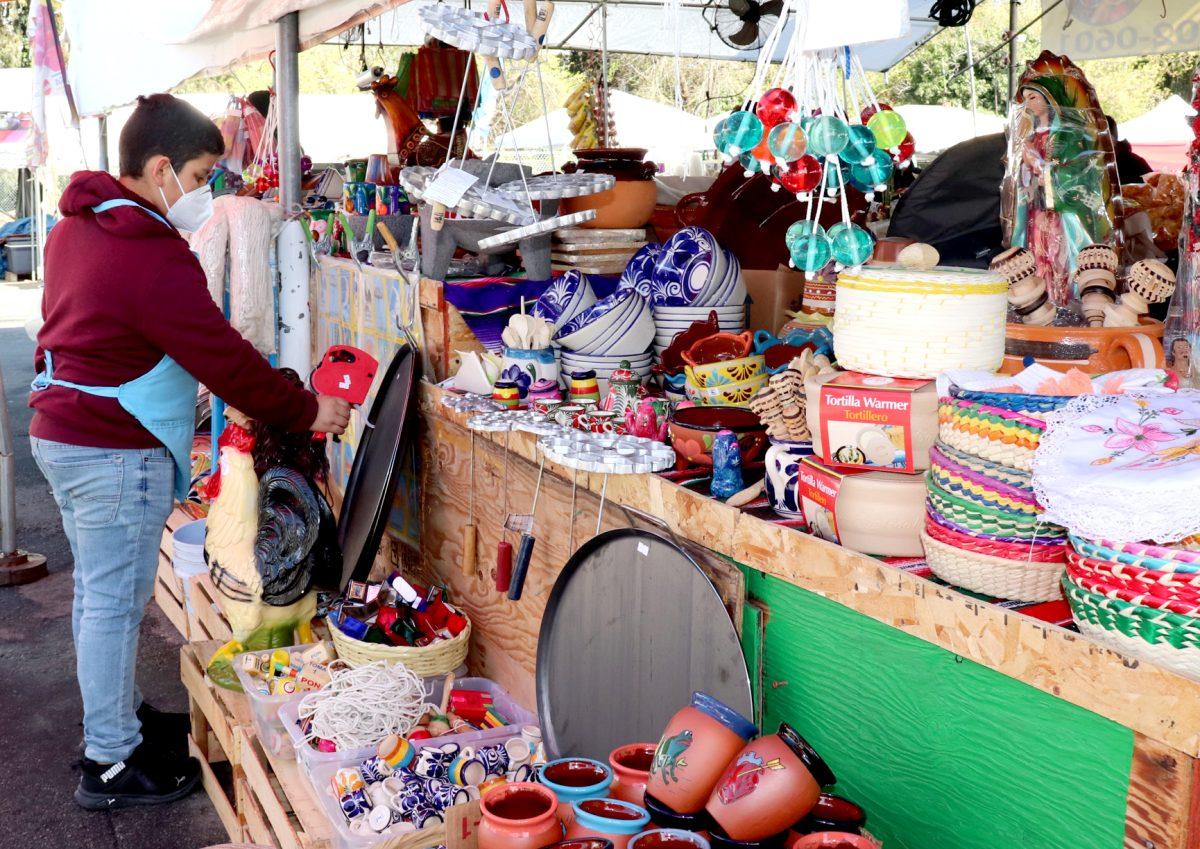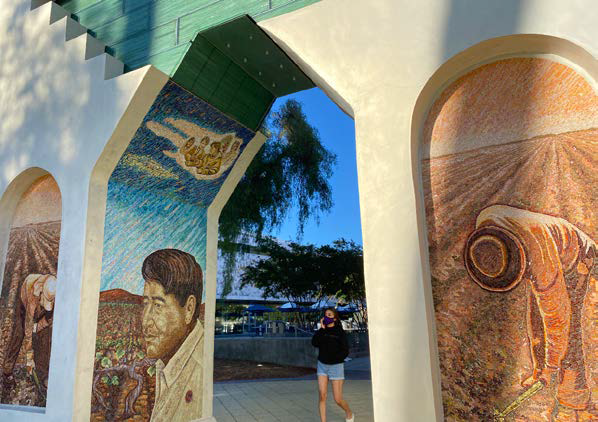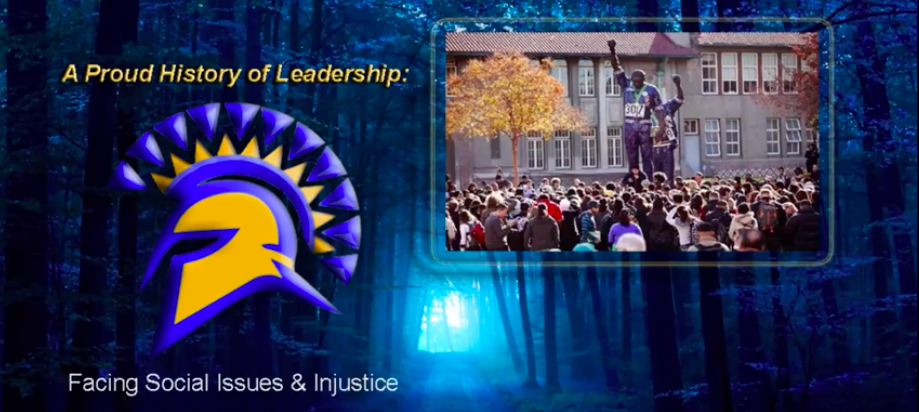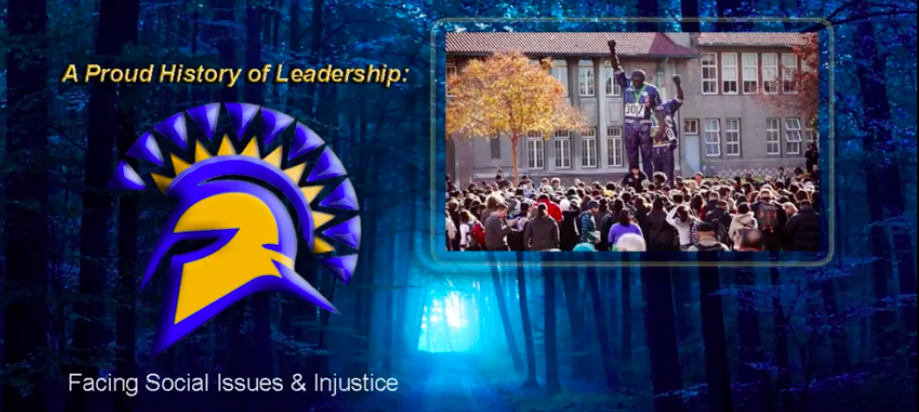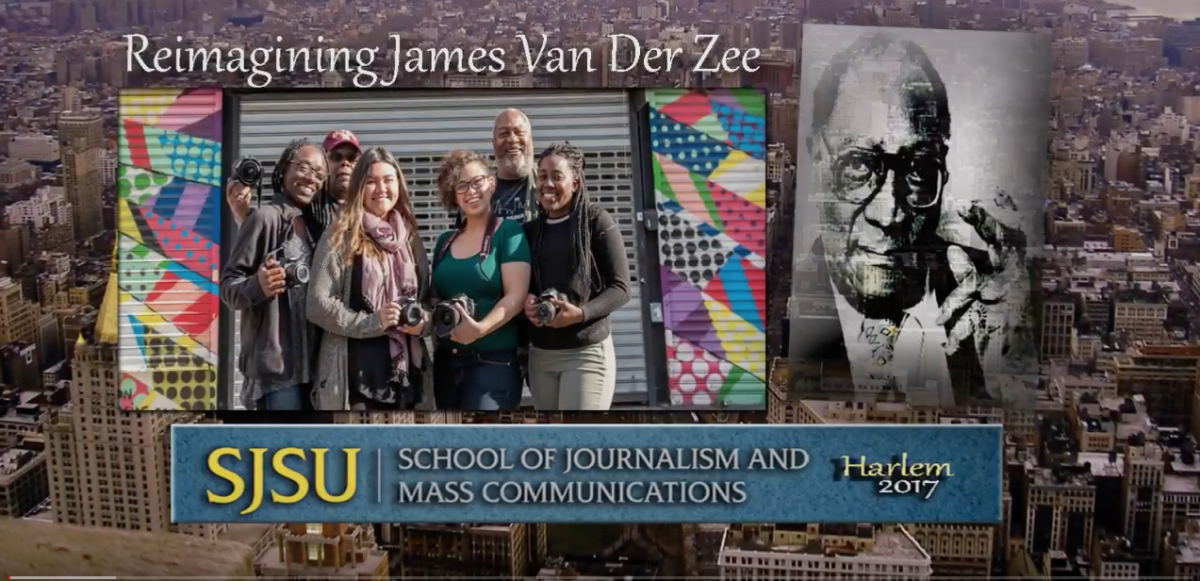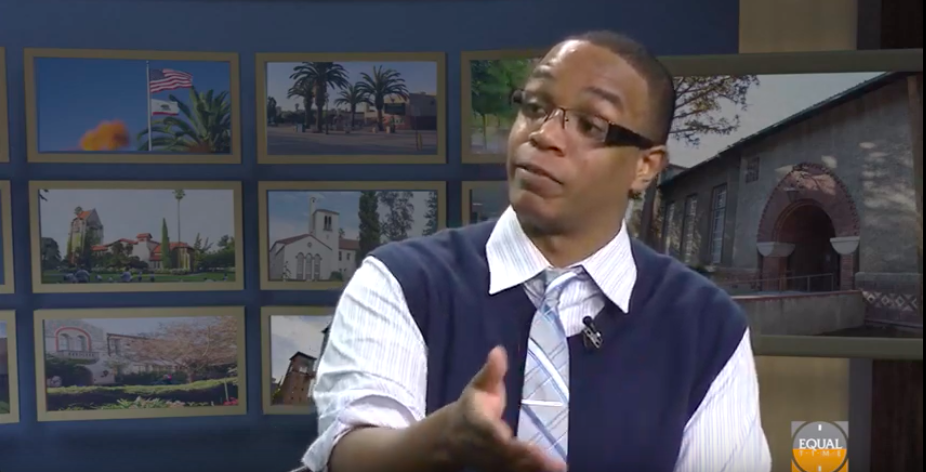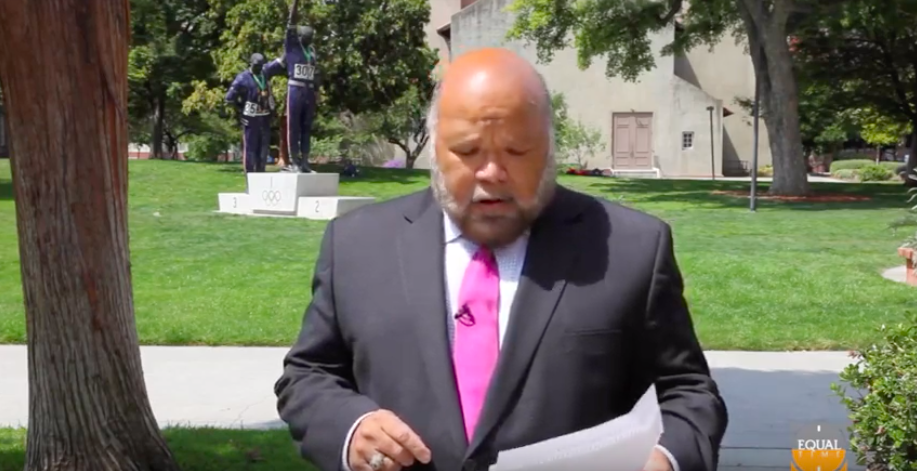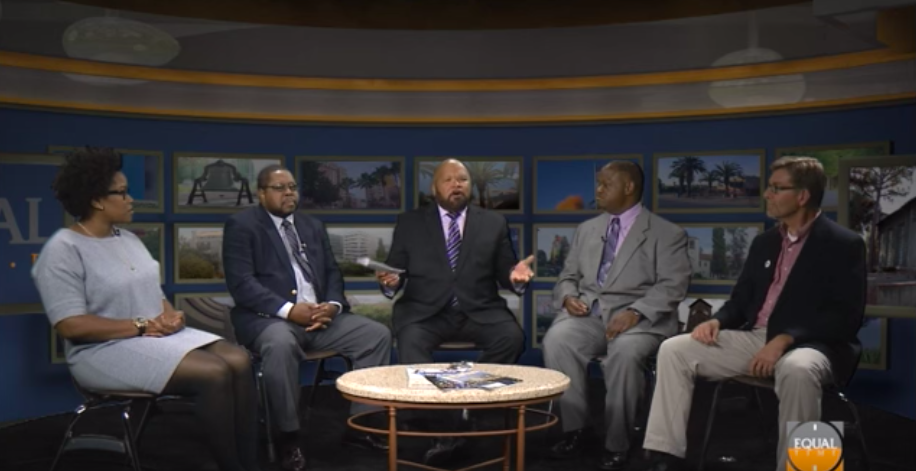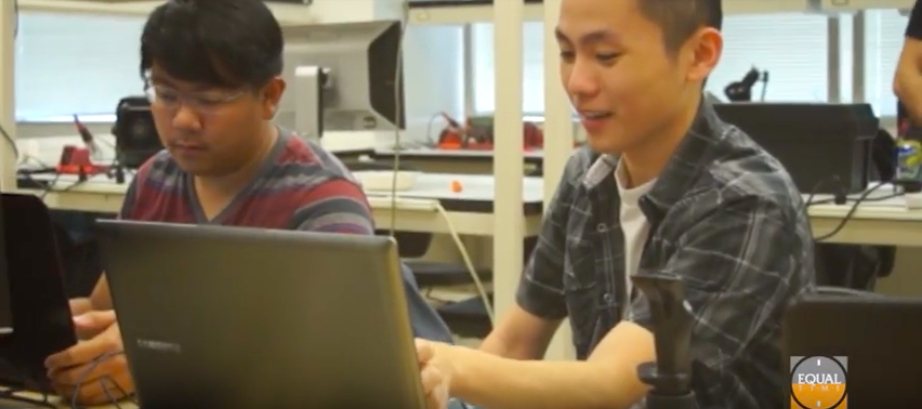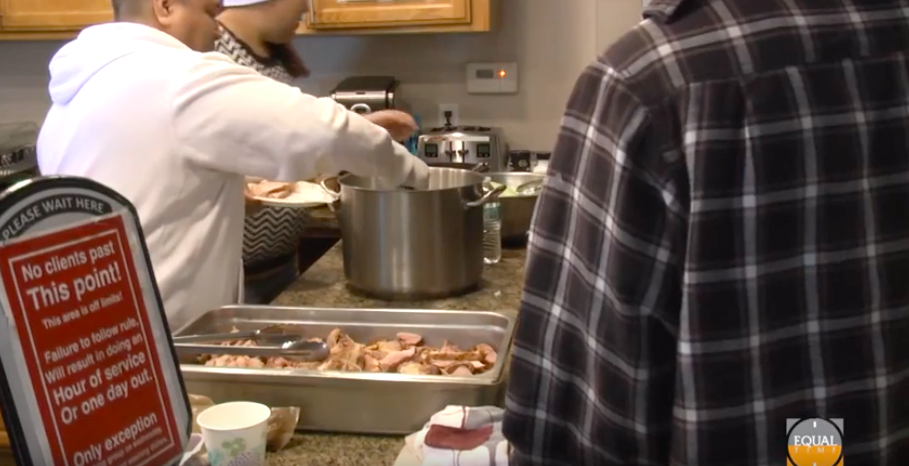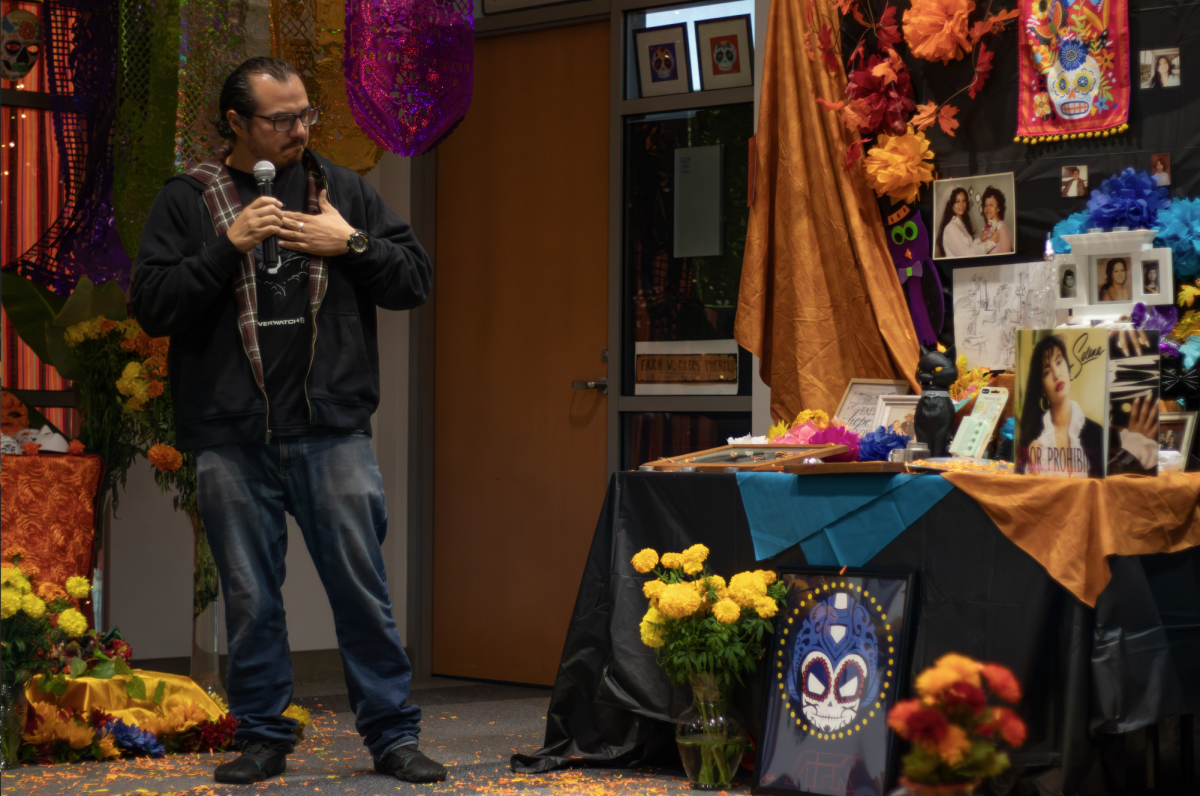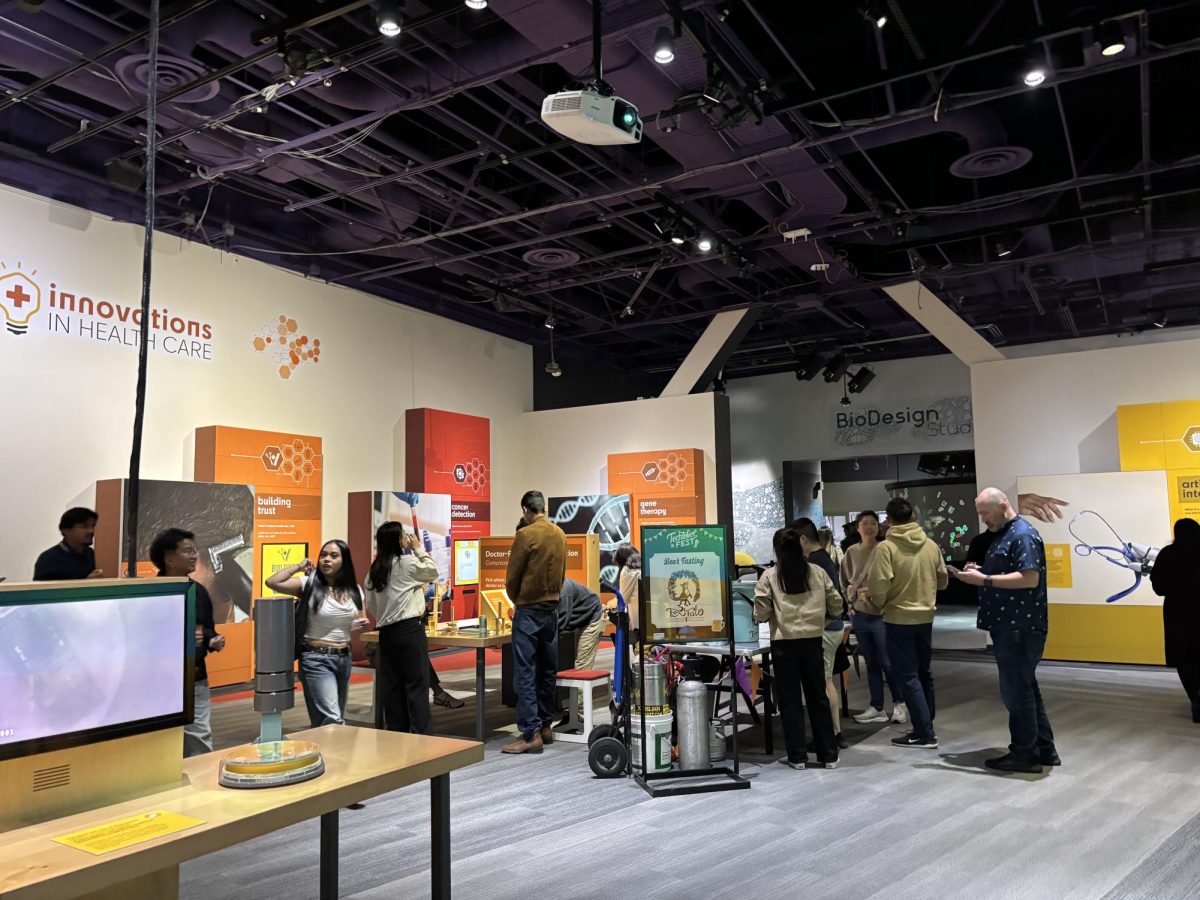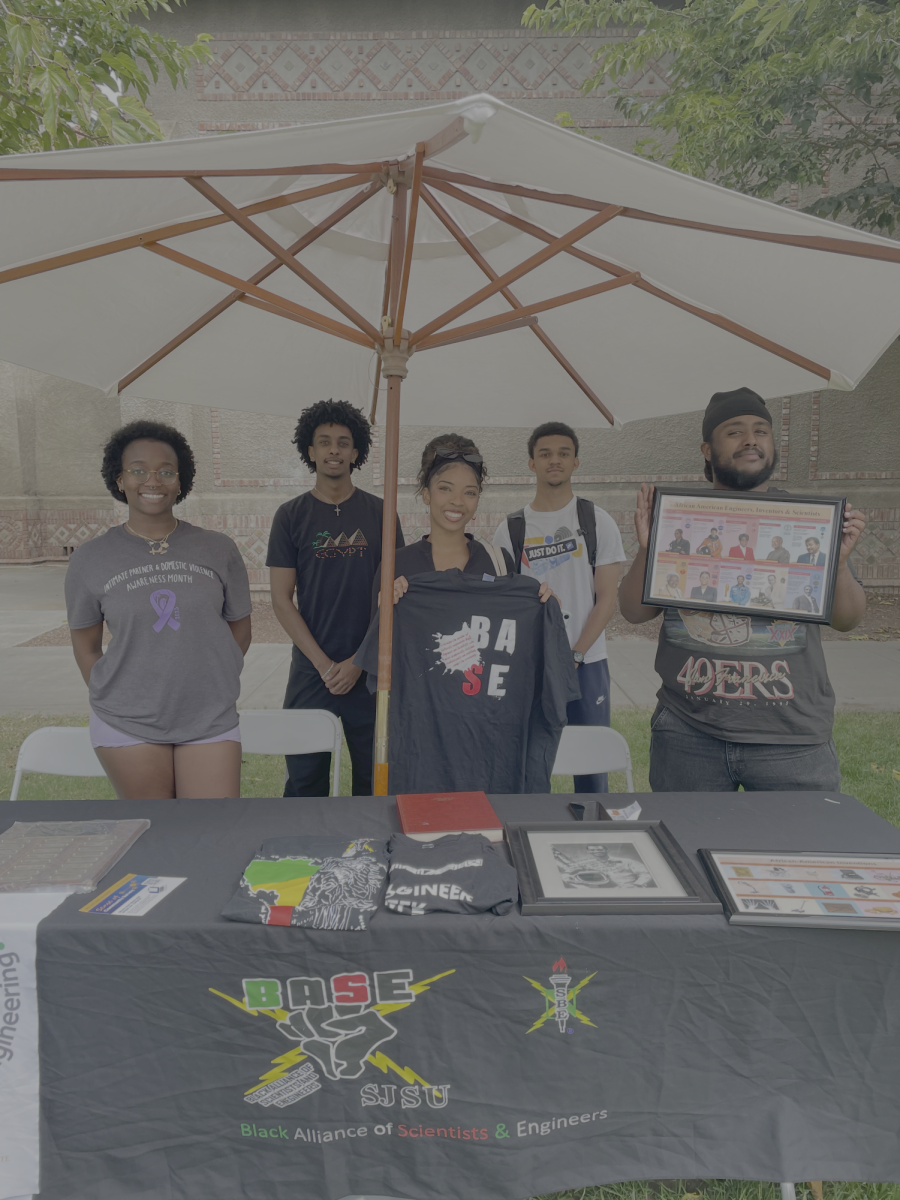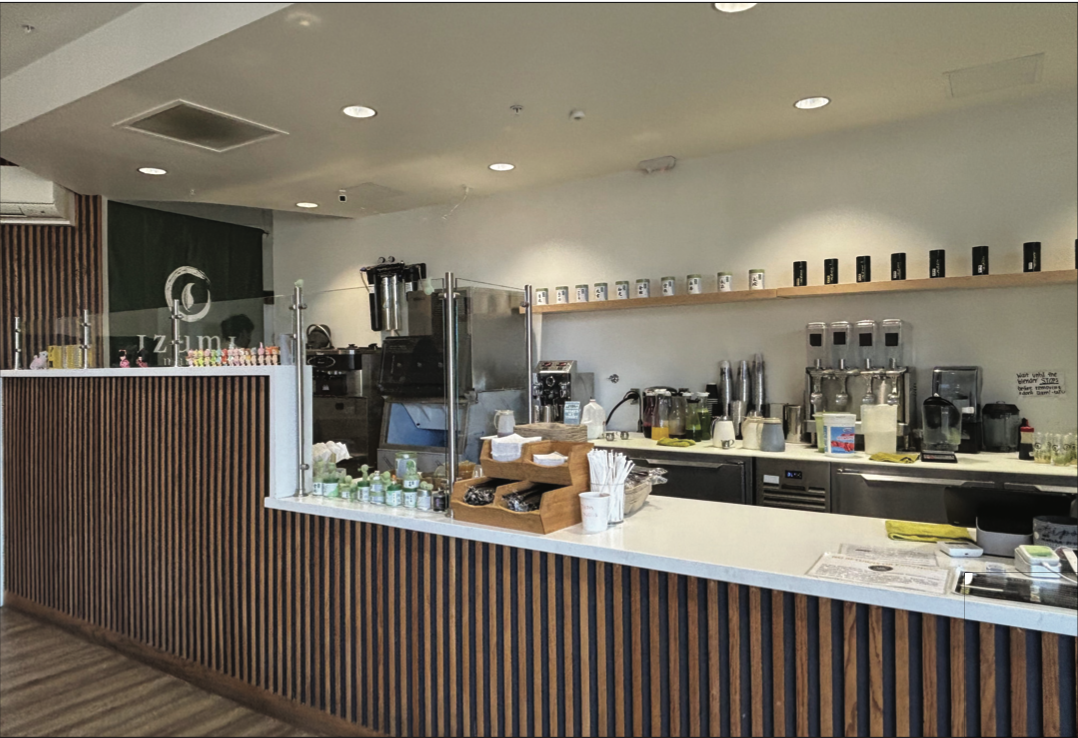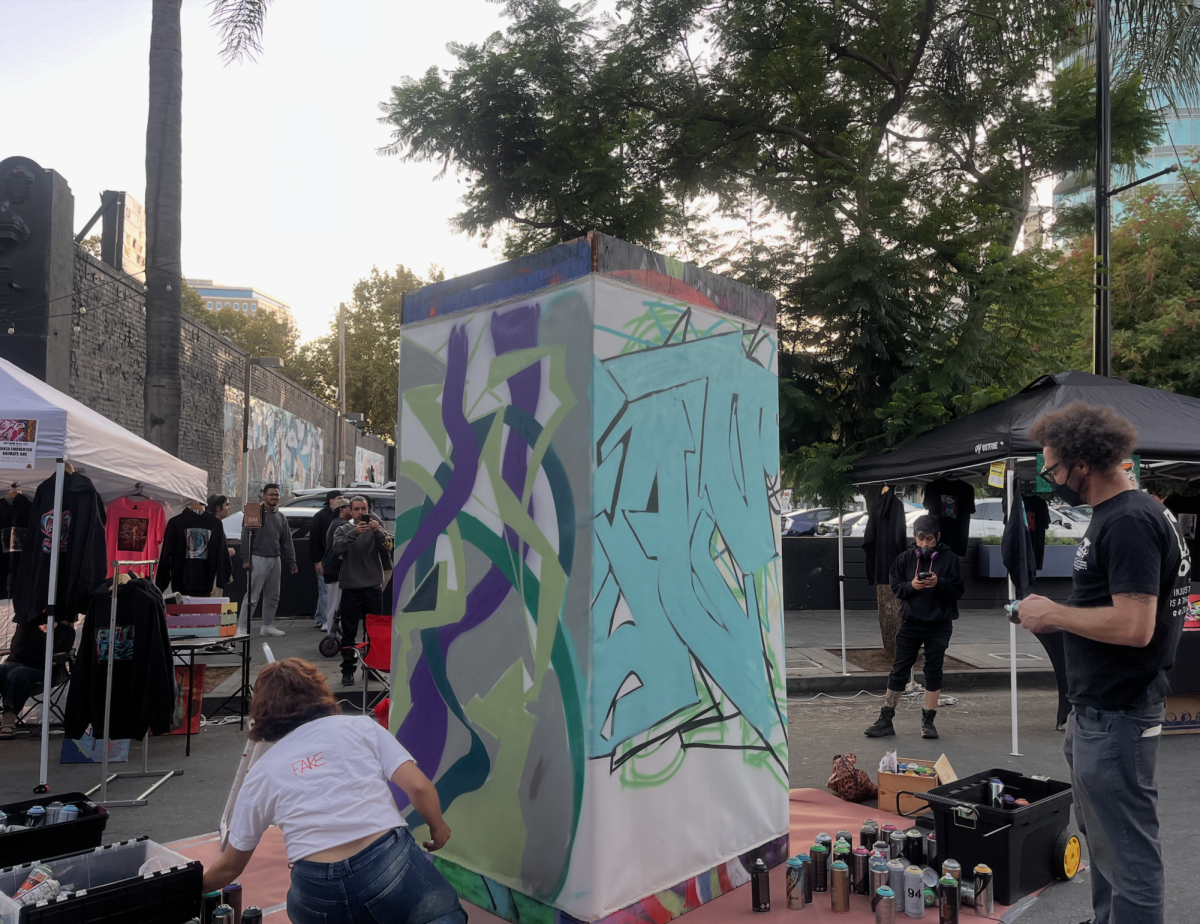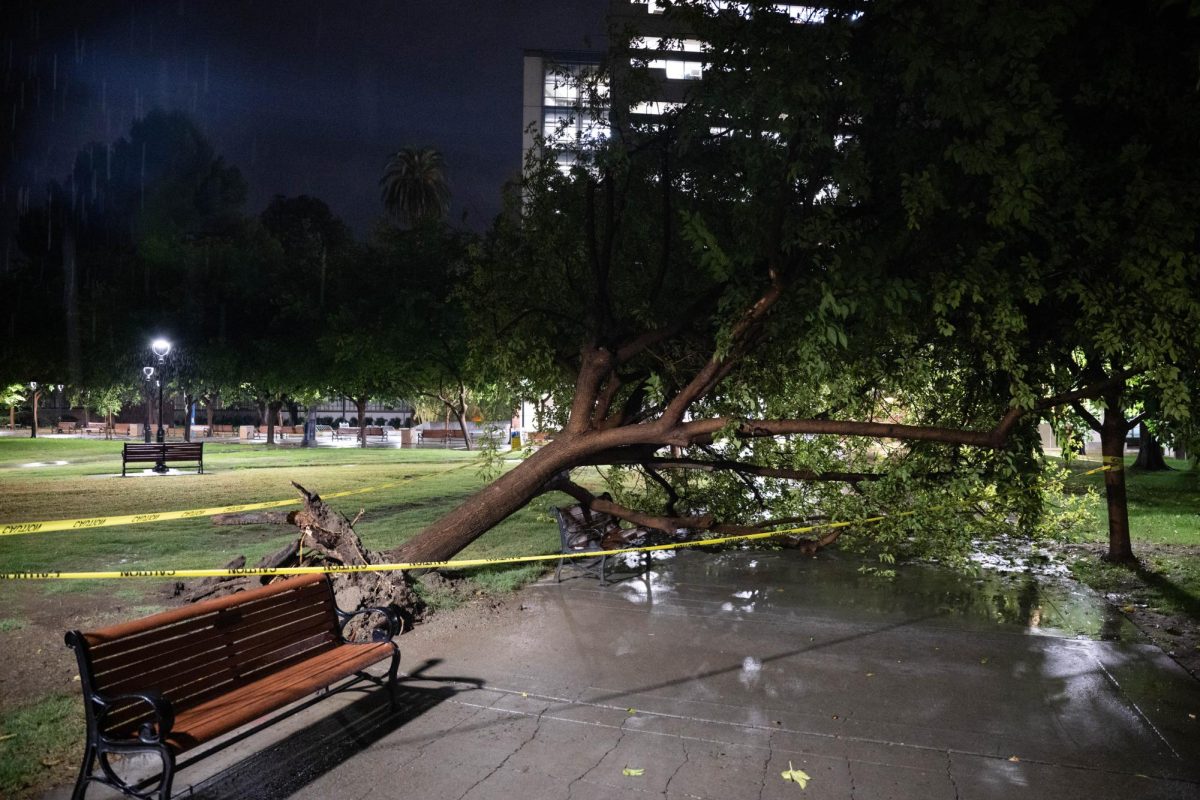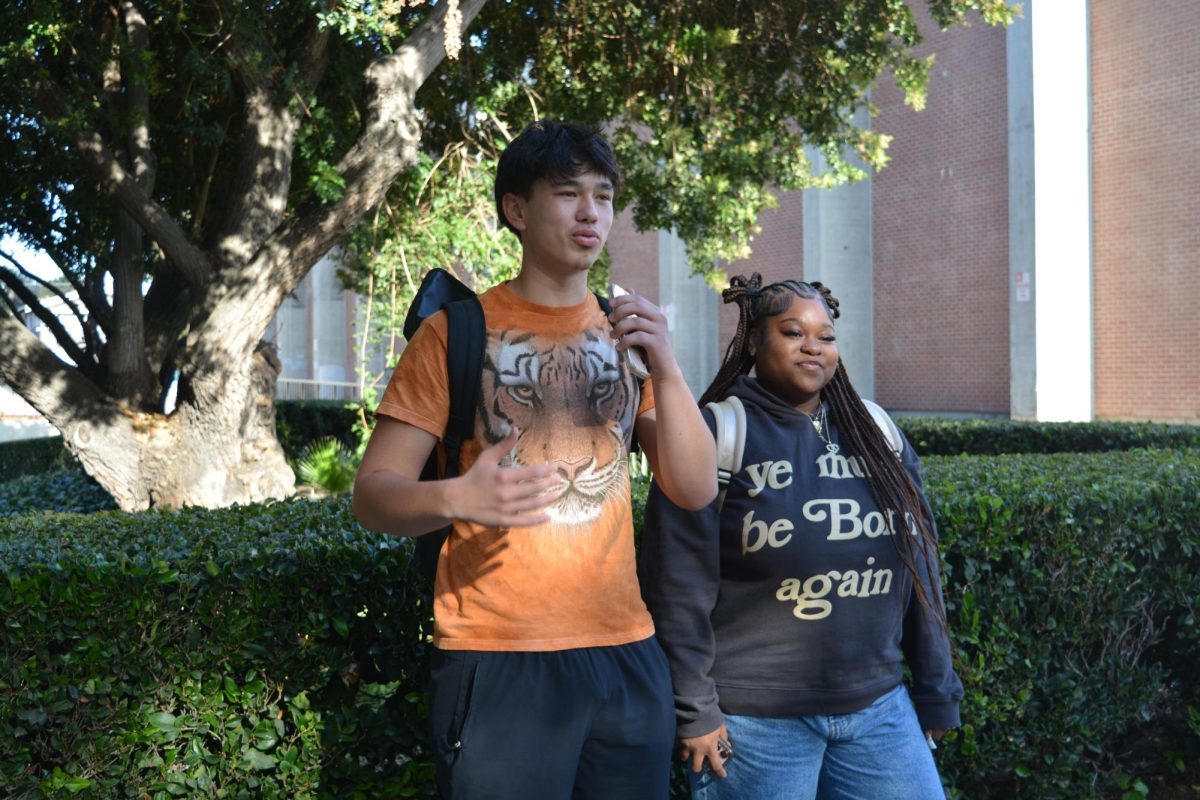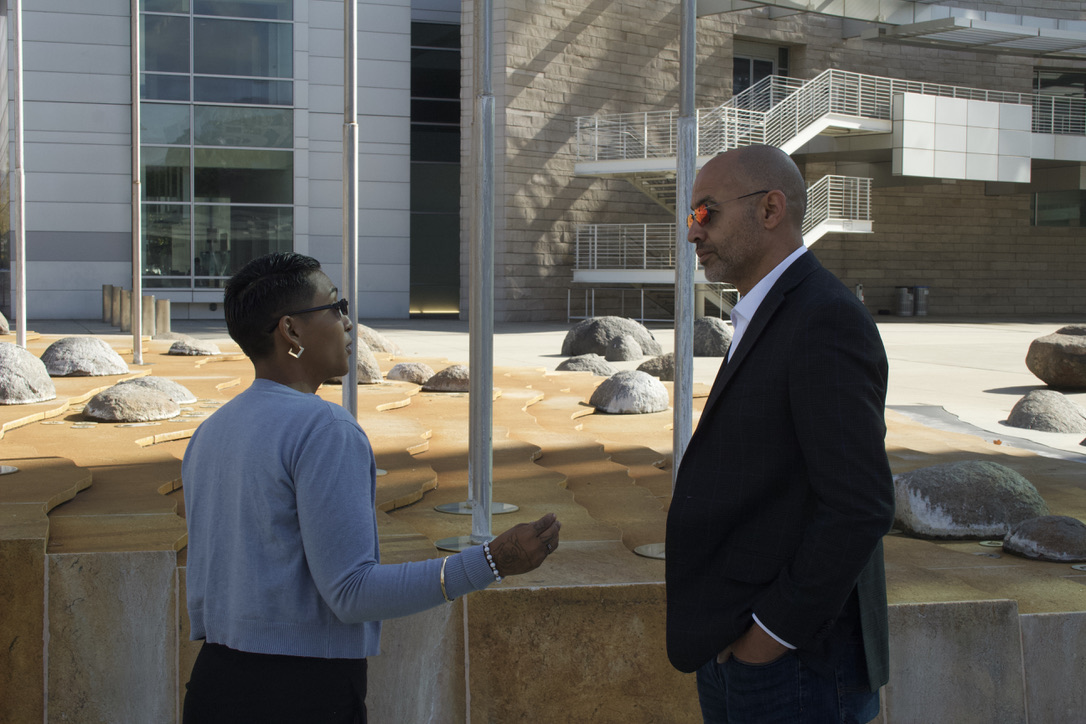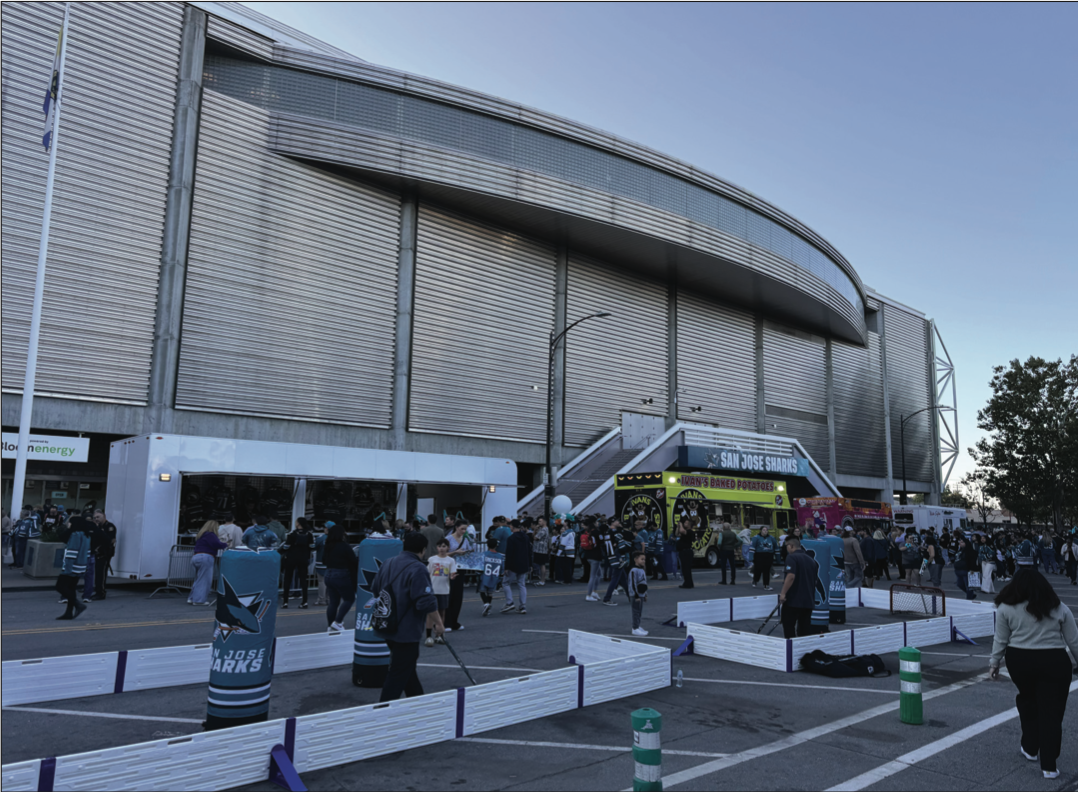On Thursday, the fifth floor of the Dr. Martin Luther King, Jr. Library came to life with its annual Día de los Muertos altar exhibit, entitled ‘Art of Remembrance’.
The exhibit displays more than a dozen ofrendas or altars crafted by local artists, educators and students.
Kathryn Blackmer Reyes, a San José State librarian and director of the Africana, Asian American, Chicano and Native American Studies Center, said the event is unique in its multiculturalism.
“Death, of course, is part of all cultures, all people. And altars can take very different forms,” Blackmer Reyes said.
Día de los Muertos is a traditional Mexican holiday honoring the dead that is celebrated on Nov. 1-2 in Mexico and other parts of Latin America, according to a Nov. 1, 2023 PBS article.
Altars and gravesites are decorated and filled with offerings so that the living may commune with the dead.
“You think about the joyful part of Día de los Muertos in that you’re calling the spirits back to come and have their favorite foods and to drink and to dance,” Blackmer Reyes said. “That’s why it’s so joyful – you’re able to remember the best of times with them.”
She contrasted the celebration with the solemnity with which people typically treat death in the United States.
“In Mexico, we actually kind of make fun of death. We laugh at death, right? Because we make the catrinas, the skeletons, and they’re dancing and I think … it’s a very different perspective, how we look at death in Mexico, compared to how we look at death here (in the United States).”
This year’s celebration is dedicated to Arlene Sagun, a community member who served as executive director of the San José Multicultural Artists Guild until her passing in April.
Valerie Sagun, Arlene’s daughter, created an ofrenda in her mother’s memory for the exhibit.
“She just wanted to bring culture of all different kinds and have it accessible for everyone,” Sagun said. “Especially with something like Day of the Dead, death isn’t only a specific Mexican thing, it’s a beautiful way to express death in a very positive way.”
Day of the Dead celebrations typically involve festive gatherings in which families and neighbors dance, play music, drink and feast, all while masquerading as death.
Ofrendas are adorned with photographs, candles, food and memorabilia to commemorate the lives of loved ones who have died.
“I can’t speak highly enough about Arlene’s contribution … we will greatly miss what we’re not having this year,” Blackmer Reyes said. “It’s a loss for the campus.”
San José Multicultural Artists Guild is a local non-profit arts organization that provides cross-cultural arts programming focused on African American, women, and Chicanx/Latinx communities, according to its website.
Sagun had organized the Guild’s annual Día de los Muertos festivities for the past 16 years.
Typically, the month-long exhibition at MLK Jr. Library is accompanied by a comparsa, or procession, and an outdoor festival featuring food, music and dance in downtown San José, according to Blackmer Reyes. In Sagun’s absence, SJMAG will not be hosting a procession or festival this year.
Enrique Jacobo, visual artist and high school teacher who taught from 2017-23, created an altar in memory of his mother, who passed away in September.
“Part of this ofrenda is me letting go,” Jacobo said. “ … She raised three boys, all while she was sick and we didn’t help her as much as we should have. I put a little pedicure set, because it’s a reminder of how much care she needed, too.”
Fairy lights and colorful papel picado – in this case, plástico picado – festooned from the ceilings while bright marigold petals carpeted the floor.
Other artists featured were from the SJSU Chicanx/Latinx Student Success Center, Folklórico Nacional Mexicano de Elena Robles and the Bay Area Jewish Coalition.
This year, the City of San José’s Office of Cultural Affairs sponsored the exhibit, making it free to the public and produced at no additional expense to the university.
“It’s all grant money,” Blackmer Reyes said. “The university is not paying anything into this other than, perhaps, my labor.”
Maribel Martinez, an SJSU anthropology professor, led a tour through the exhibit, introducing each altar’s artist.
At an altar titled “¡APOYA A LAS MADRES!” by artist and poet Elizabeth Jiménez Montelongo, Martinez highlighted the social and political dimensions of celebrating Día de los Muertos.
“You’ll see the wonderful colors and artwork, but also a call to action for social justice, talking about injustices all over the world, highlighting mothers, gender equality, tierra y libertad, the connection of indigeneity across the globe,” Martinez said.
Following the tour, attendees enjoyed hot chocolate, tamales and pan de muerto, or bread of the dead, supplied by K&J Sweets Bakery.
Local band Los Panaderos performed live Mexican folk music while La Viejada de San José led traditional Mexican dance presentations.
Martinez invited attendees to join her in a grito, or shout, in honor of the Folklórico Nacional Mexicano de Elena Robles’s altar.
“Listen, a grito is medicine,” Martinez told the crowd. “It’s taking all the emotion that’s inside and you let it out. And see what happens? People join you in laughter and smiles, and they’re like, ‘Oh yeah, I want to learn how to do that too.’ ”
The exhibition is scheduled to remain open to the public until Nov. 4.



